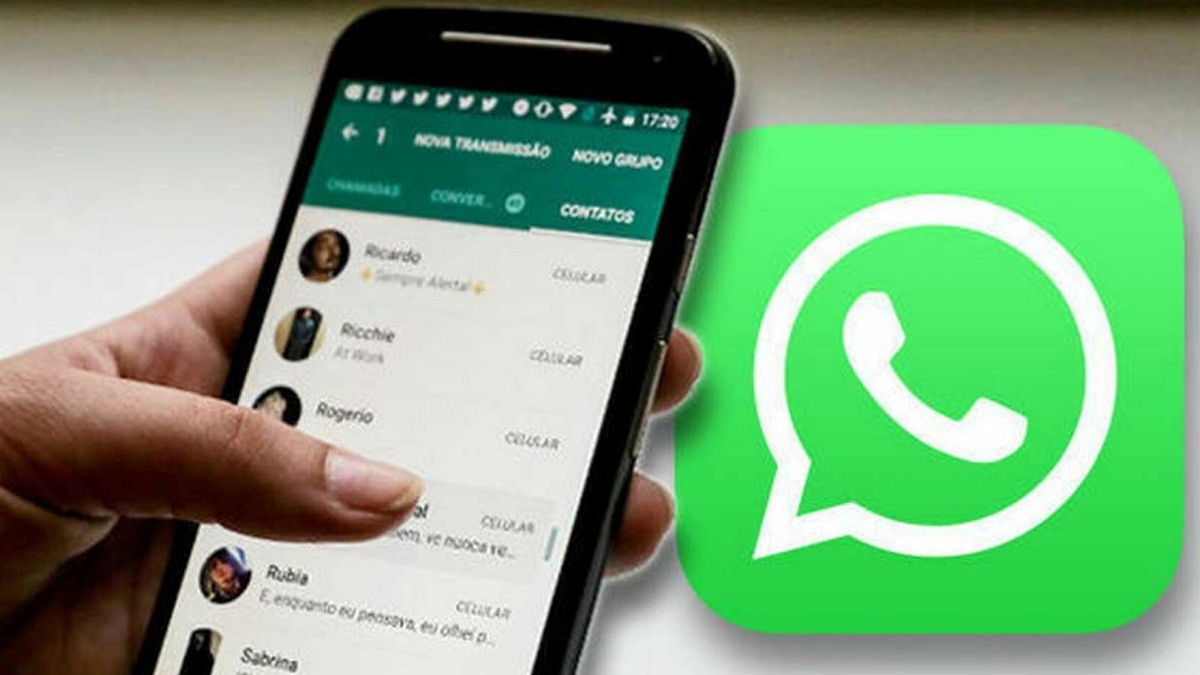Key Highlights
- WhatsApp adds Face ID and Touch ID login support for iOS
- Passkeys replace passwords with biometrics for enhanced security
- Users can set up passkeys in WhatsApp settings for safer logins
WhatsApp is stepping into the future of secure logins with its latest announcement. The Meta-owned app has introduced passkey support for its iOS version, allowing users to log in using their iPhone’s Face ID and Touch ID, along with the phone’s passcode. This move aims to provide users with a safer environment by leveraging biometrics for authentication. Also Read | WhatsApp Tips & Tricks: How To Unblock Yourself And Regain Access
Understanding Passkeys: A Password Alternative
Passkeys represent a new approach to authentication, replacing traditional passwords with biometric data. Instead of memorizing complex combinations of characters, users can now utilize their device’s biometrics, such as face or fingerprint recognition, for logins. This technology is based on WebAuthn, generating two unique keys upon creation: one stored on the service’s server and the other privately on the user’s device.
In the event of a lost device, backup keys enable users to regain access to their accounts and pair them with a new device using a new set of passkeys. Some services also offer alternative recovery methods, such as using a mobile number or email address.
How Passkeys Work On WhatsApp For iOS
When signing into WhatsApp on an iPhone, users are prompted to enter a numeric passcode or a one-time password (OTP) for authentication. With the introduction of passkeys, this step eliminates the need for passcodes, allowing users to authenticate using Face ID or Touch ID. This method enhances security by reducing the risk of unauthorized access through techniques like keylogging.
Rollout and Setup
Passkeys have been available on WhatsApp’s Android app since last year. The iOS rollout is expected to commence in the coming weeks. To set up passkeys, users can navigate to Settings > Account > Passkeys.
Also Read | WhatsApp Tips And Tricks: How To View Someone’s Status Secretly
Conclusion: A Safer, More Convenient Authentication Method
WhatsApp’s adoption of passkeys represents a significant step towards a passwordless future. By leveraging biometric authentication, users can enjoy a more secure and convenient login experience. With passkeys, the reliance on traditional passwords diminishes, paving the way for enhanced security in the digital realm.

